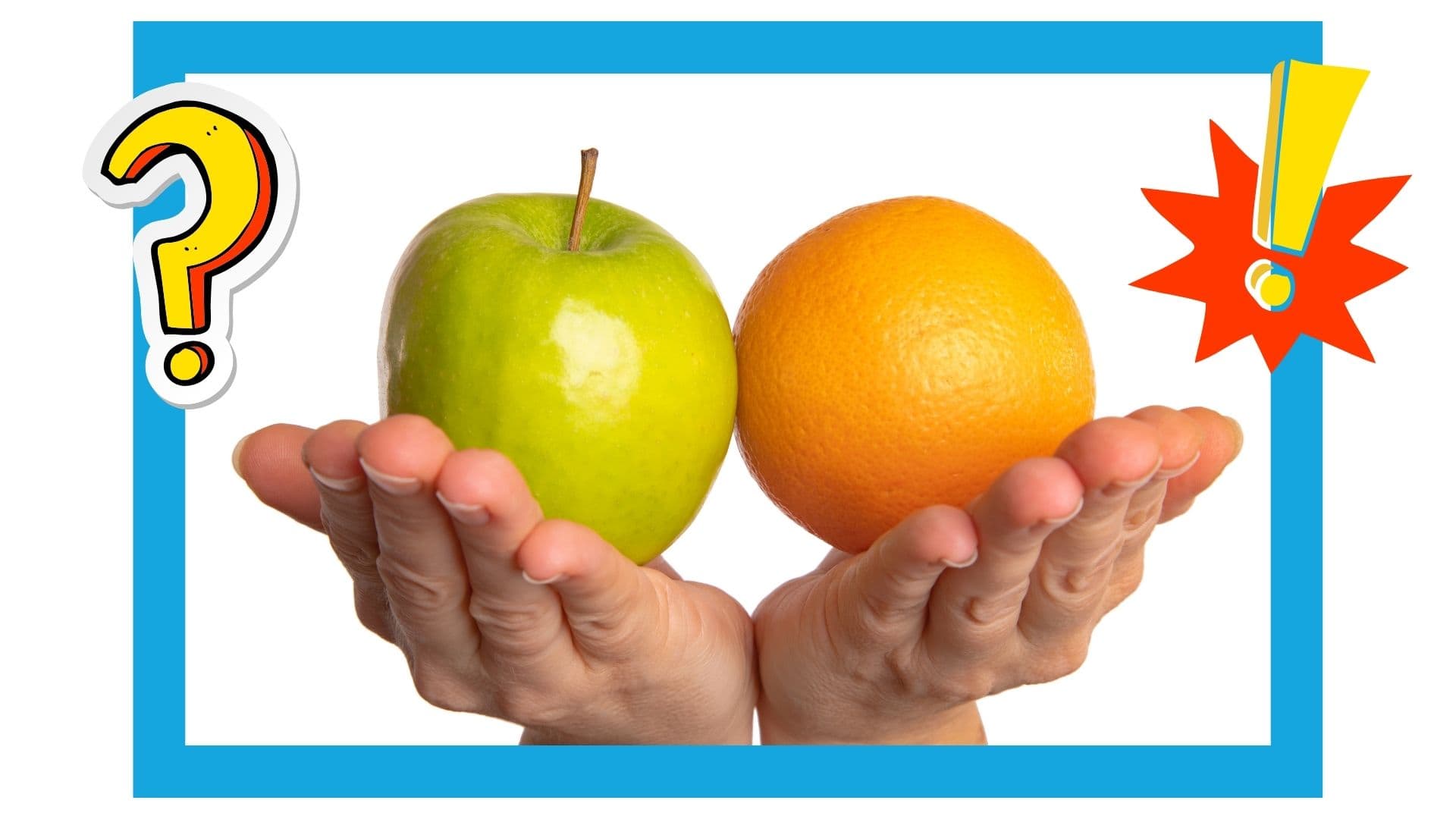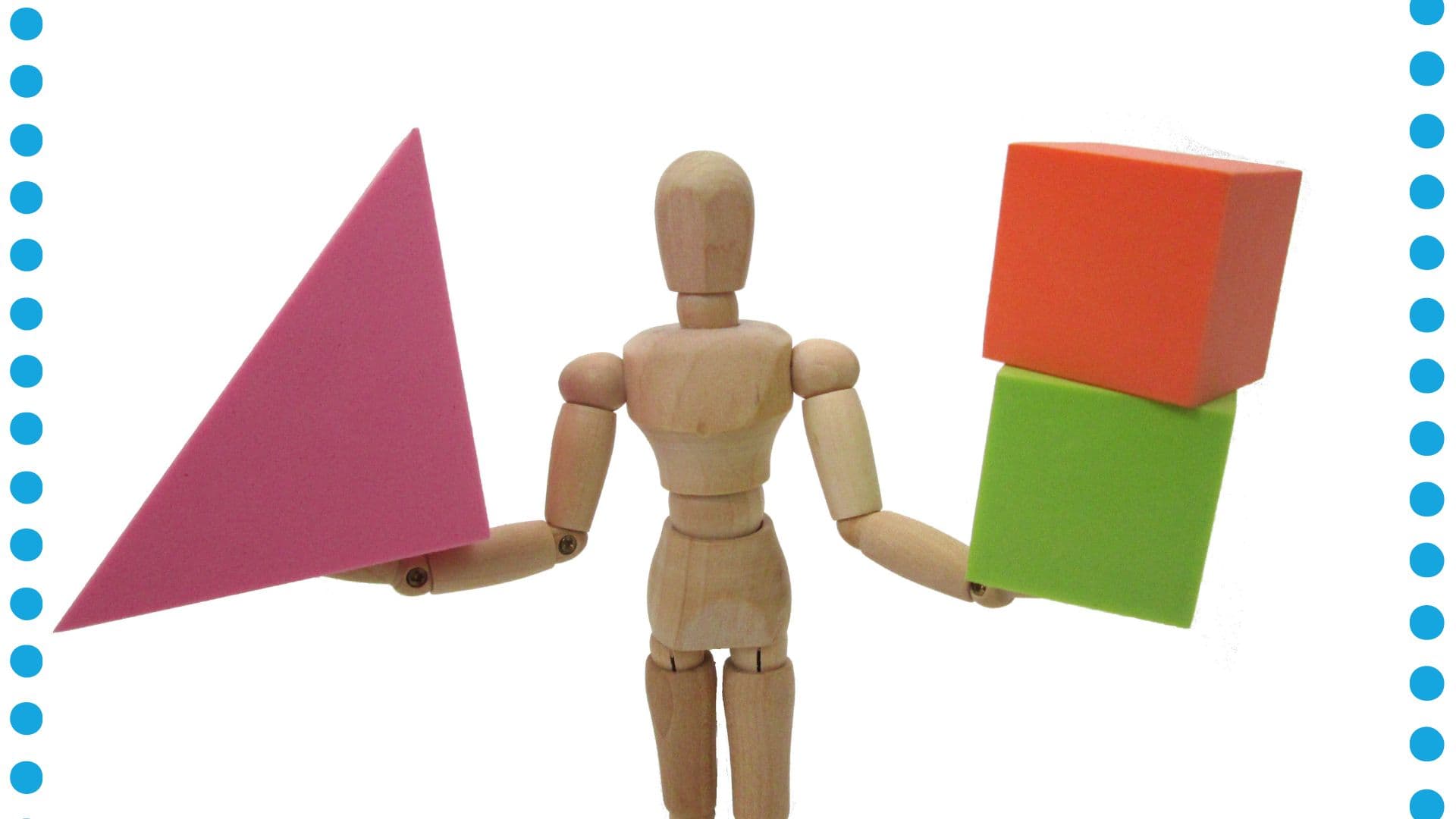
In this video, Achievable GRE course author Matt Roy explains a way to easily solve quant comparison problems that involve multiple unknown variables. He will show you how to determine which variable must be positive and which must be negative before doing the same for Quantity A and Quantity B.
Try this quant comparison problem yourself in our GRE prep course.
If you’re looking for a comprehensive course that will help you reach your target GRE score in less time, try Achievable’s GRE exam prep course. Our GRE course includes a full textbook, videos on key topics, tons of GRE questions backed by our memory-enhancing algorithm, built-in study-planner, machine-learning essay grader, and 10+ full-length practice exams.
00:00:03 This quant comparison question looks seemingly difficult. Really. Quantity A and quantity B can't be solved exactly. But remember, in quant comparison questions, it may not be about solving for a or B, it may just be about moving if A or B can be greater. So let's look at the two constraints. It says X * y is negative. 00:00:29 And X * y ^2 is positive if X * y is negative. It just means that either X or Y must be negative because a negative times a positive is negative. Now the other constraint has X * y ^2 is positive, so we know that those multiplied together. 00:00:53 Is positive, is greater than 0, and those both must be positive, both parts must be positive, or both parts must be negative. So let's start off with considering that X is positive and Y is negative. If X were positive in the second constraint, we would have a positive number times a negative number squared, which is actually positive, so both parts would be positive. 00:01:19 That would fulfill the constraint. So we have one situation where we know for sure X is positive, and let's try the other one just to make sure, where Y is positive and X is negative. If X were negative, we would have a negative number times y ^2, which is still positive. That's actually negative. Those two parts are opposite. X * y ^2 in that case would be negative, So that's not actually possible given this constraint, so. 00:01:47 We can actually know for a fact that X is positive and Y is negative because they must be opposites based on that first constraint. So if X is positive and Y is negative, we can solve for quantity B. Or we can determine something about quantity B if Y being -, y ^2 is still positive and X. 00:02:11 In the denominator doesn't really matter in considering if quantity B is positive or negative. So we actually have a positive over a positive that guarantees that quantity B is positive. Quantity A we already know from the first constraint is negative, so quantity B is positive and quantity A is negative. We can actually stop right there. We know for a fact that quantity B must be greater than quantity A.

How we rethought GRE test prep for the 2020s to be more effective and take less time than other GRE prep courses.

In this video, Achievable GRE course author Matt Roy explains how to plug in numbers to a quant comparison question to quickly find an answer.Try this quantitative comparison problem yourself in our GRE course: https://app.achievable.me/study/gre-v… [https://app.achievable.me/study/gre-v…]

Introducing Achievable GRE, GRE test prep made for the 2020s. Unlimited GRE quant problems, memory tracking, and more.